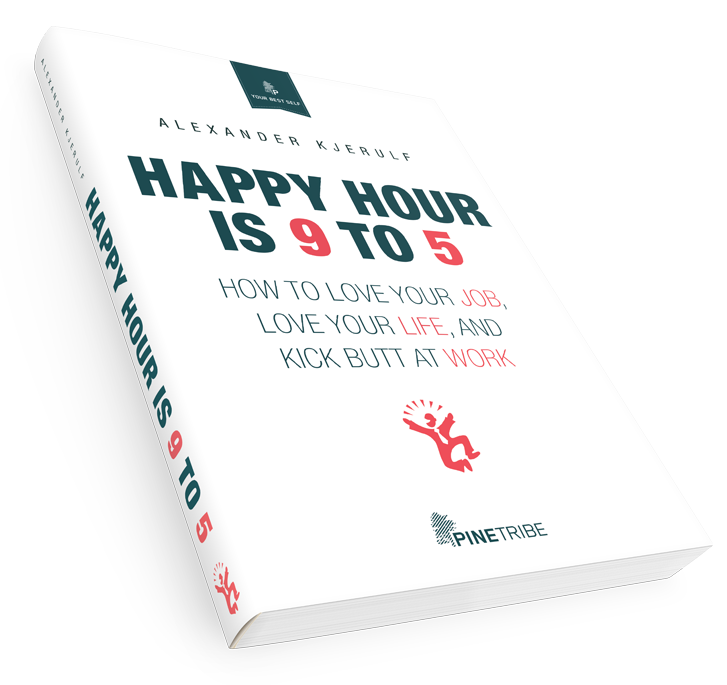In the midst of a firefight in the rice paddies between American soldiers and the Viet Cong early in the Vietnam War, six monks walked towards the line of fire. “They didn’t look right, they didn’t look left. They walked straight through,” remembers David Busch, one of the American soldiers. “It was really strange, because nobody shot at’em. And after they walked over the berm, suddenly all the fight was out of me. I just didn’t feel like I wanted to do this anymore, at least no that day. It must have been that way for everybody, because everybody quit. We just stopped fighting.”
War is in our nature. And so is peace.
In Getting to Peace, Transforming Conflict At Home, At Work, And in the World, William Ury (who also co-wrote Getting To Yes, the most widely read book on negotiating) examines what we can do to bring about peace.
First he lays to rest the notion that human nature is warlike. If you look back at the entire period in which humans have existed, you will find that for the first 2.5 million years, there is very little evidence that humans fought wars. War seems to have come into fashion only in the last 10.000 years or so. And what caused war to become a part of how humans deal with conflict? In a word: Agriculture. Before that humans were nomadic hunter/gatherers and fighting wars made very little sense. There was food enough for everybody and no fixed land ownership to fight over. Only with the advent of fixed settlements and agriculture did we get something to fight over. Interestingly, with the advent of the information society, agriculture is losing it’s importance and we’re now back to a situation where it makes little sense to fight over land, because true valuse is created elsewhere – namely in the heads of people.
Ury also reframes conflict as having three sides. There’re two opposing parts, but there’s also always the third side. The third side can be family, colleagues, friends in smaller conflicts. Or it can be nations, political parties, the media or the U.N. in large scale conflict. The third side has the opportunity and even the responsibility to prevent conflict where possible and to contain or stop it otherwise.
Finally he outlines 10 different roles that the third side can assume, including bridge-builder, mediator, witness and peacekeeper. In the story above from the Vietnam War, the monks functioned simply as witnesses. They took no overt action, but there presence alone sufficed to stop the fighting.
The main message of this book is one of hope. Conflict on all scales can be prevented or stopped using the tools Ury presents, and this is amply illustrated with many stories. There are things that each of us can do to get to peace, and reading this book is a great place to start.



Leave a Reply